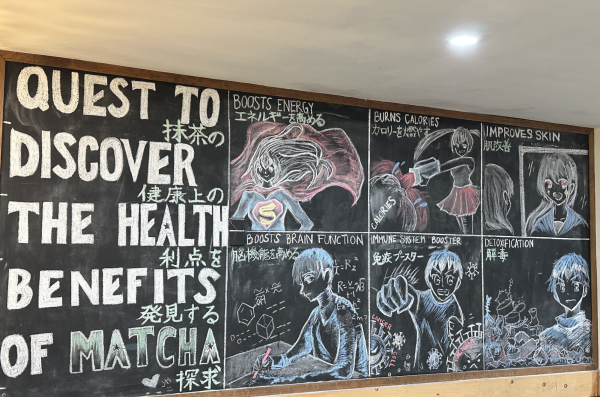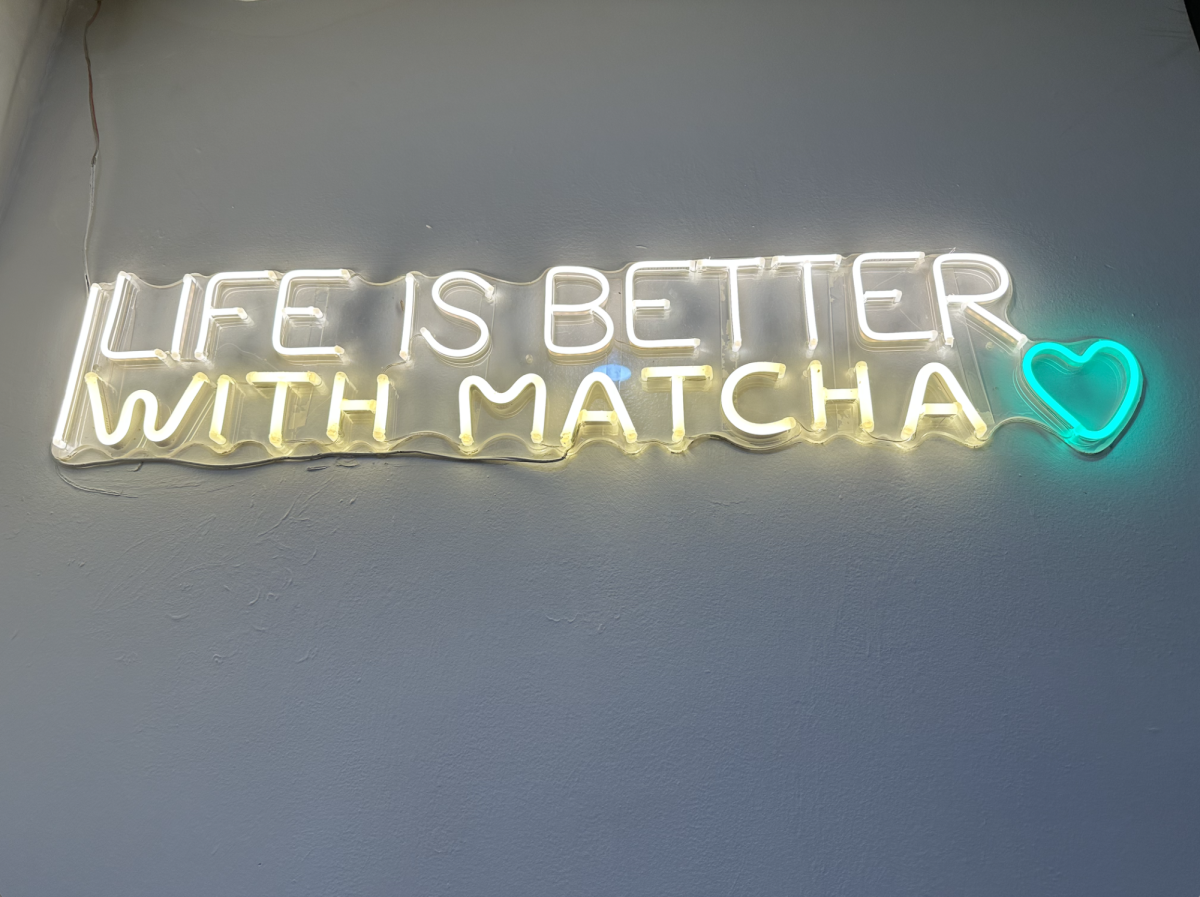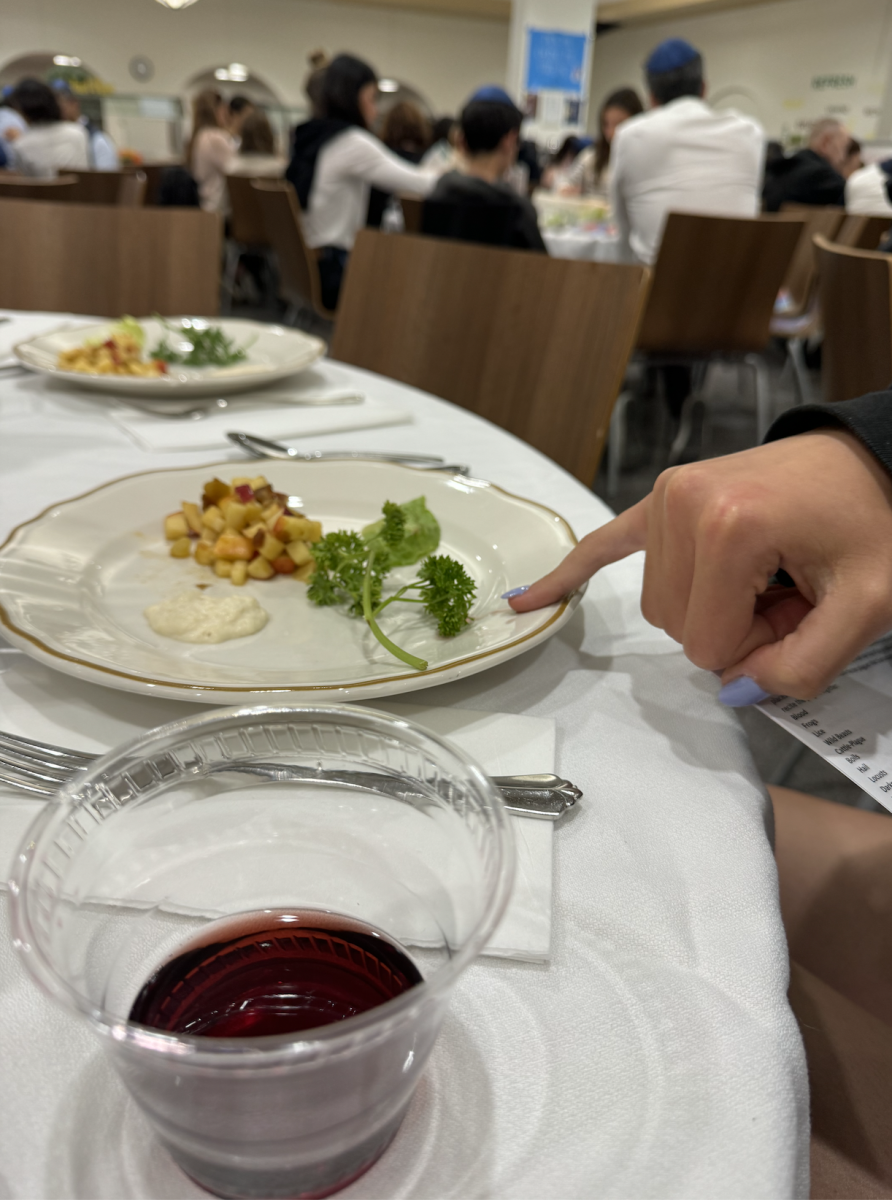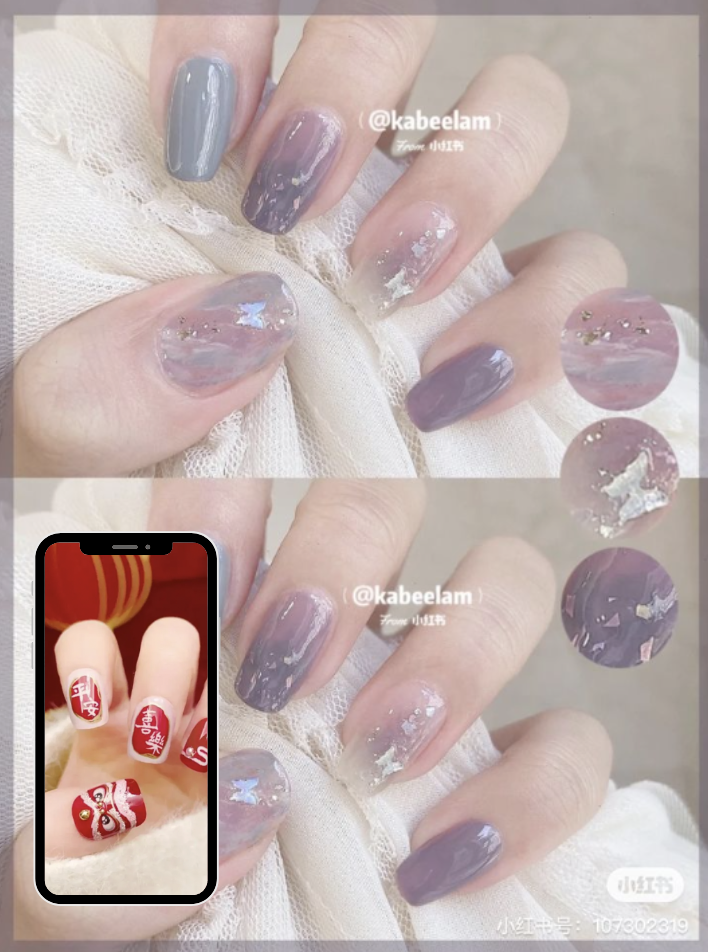You may know matcha as the delicious, rich, bright green goodness that can be drunk at any time of the day, but you most likely don’t know about how it’s made or about its possible health benefits. Matcha is a type of powdered green tea that originated in China, but is now mostly produced in Japan. Its rich bright green color comes from the chlorophyll in its leaves. When drinking matcha, you will taste a slightly bitter flavor followed by a sweet aftertaste. It is also a tea that is typically drunk at traditional Japanese ceremonies.
Where does matcha come from?
Multiple sources say that Japan is actually a better place to grow matcha tea leaves than China because of the climate, the way they fertilize their soil, and how they grow the plants in the shade. The matcha in Japan has more umami taste than the matcha in China due to the better growing conditions that makes the plant thrive. An “umami” taste is a complex flavor produced by amino acids that provide a rich, almost meaty flavor. The great conditions is also why Japanese matcha is a rich green color while Chinese matcha is more yellow.
According to Encyclopedia Britannica, in the 1100’s, a Zen Buddhist monk who had just returned from studying in China brought some tea seeds to Japan. He established a practice called “the way of tea” and planted the seeds, which then became a ritual that honored the beauty in the world. The tea that they drank is now known as matcha.
What are the different grades of matcha?
According to Encyclopedia Britannica, there are three different grades of matcha. The top tier is ceremonial grade matcha. This matcha is the most rich in taste and smell. It has the sweetest aftertaste and is made from the youngest tea leaves.
The second tier is premium matcha. This type of matcha is similar to the ceremonial grade. However, premium matcha leaves usually are picked in the second harvest. This means that the taste is slightly more bitter and strong.
The last tier is culinary grade matcha. Culinary grade matcha is usually more of a yellow color than bright green. It has a strong but less nuanced taste than both the premium and the ceremonial grade tea.
What is the process of producing matcha?
Matcha translates directly to “powdered tea” and that’s exactly what it is. First, the gardener must plant the seed for a green tea plant under the shade for best results. After the plant has grown, they go back to pick the best young leaves. These leaves are then dried and the veins and stems are removed. Finally, the leaves are carefully grinded into matcha powder. To avoid discoloration, workers have to be extremely meticulous about not letting too much heat get to the leaves. According to an interview with Louise Cheadle, co-author of The Book of Matcha and co-owner of the tea company Teapigs, conducted by the Times magazine, “It takes an hour to grind the leaves, and it’s done in the dark to protect the nutrients”. To drink the matcha, add some hot water and stir until it froths. The entire drink is then consumed, leaves and all.
Is matcha healthy?
Matcha actually has some antioxidants in it that can be really good for your health, however there must be a balance in your consumption in matcha to actually benefit your body. Antioxidants help stabilize harmful radicals in your body, compounds that can cause disease. Amino acids, organic compounds that are good for someone’s health, are also something matcha is in abundance of. L-theanine is one that experts most frequently highlight. According to the New York Times, some studies show that L-theanine improves cognitive abilities and leads to stress reduction.
Matcha can help with physical appearance too. According to Forbes Health, a clinical trial that followed 76 overweight people over the course of four months reported that the consumption of a green tea beverage can help with weight loss. Supporting this, The National Institute for Health states that green tea can increase your metabolism, meaning that one can burn more calories and lose weight. Also, several studies have shown that matcha can also improve your skin health according to The National Library of Medicine. Matcha contains anti-inflammatory properties that, in the long run, can help a large variety of skin conditions such as eczema or even allergic reactions.
So is matcha actually healthy? Yes, if a person incorporates matcha into their regular diet, then matcha can benefit their body overtime. However, if they add too much sugar or other unhealthy ingredients, it probably won’t be the best for their body.

What does matcha do to our bodies?
Matcha contains caffeine, which actually has many proven health benefits. According to a New York Times interview with Dr. Hu, professor of nutrition and epidemiology and chair of the department of nutrition at the Harvard T.H. Chan School of Public Health, caffeine can ramp up metabolism and increase your cognitive function, making someone more alert. Of course, too much caffeine is bad for you, just like everything else, but how much is too much? This varies based on the person but the Food and Drug Administration (FDA) estimates around 400 milligrams a day, around 4 cups of coffee, to be harmless.
The difference between matcha and coffee, however, is the different rates of caffeine being released. The coffee releases its caffeine quickly, producing a sudden burst of energy, which is why most people will have an adrenaline spike and then suddenly crash. Unlike coffee, matcha releases its caffeine steadier, giving you a longer and smoother energy boost.
What is special about matcha is that even though it makes you feel more alert, your brain is relaxed. This is caused by the different amino acids releasing alongside with the gentle release of caffeine. They cancel each other out and that is why many people like to use matcha to meditate. It can bring you a sense of calm but yet still be alert.
Where is the most authentic matcha in San Diego?
In my opinion, if you want to taste a really authentic Japanese ceremonial grade matcha drink, please don’t go to Starbucks. I recommend you go to Matcha Café Maiko. It is a small store located in Kearny Mesa. Don’t worry, this small store has a big reputation for being the most authentic matcha place in San Diego. From the variety of desserts to the excellent customer service, Cafè Maiko is definitely my go to when I’m craving matcha green tea!









